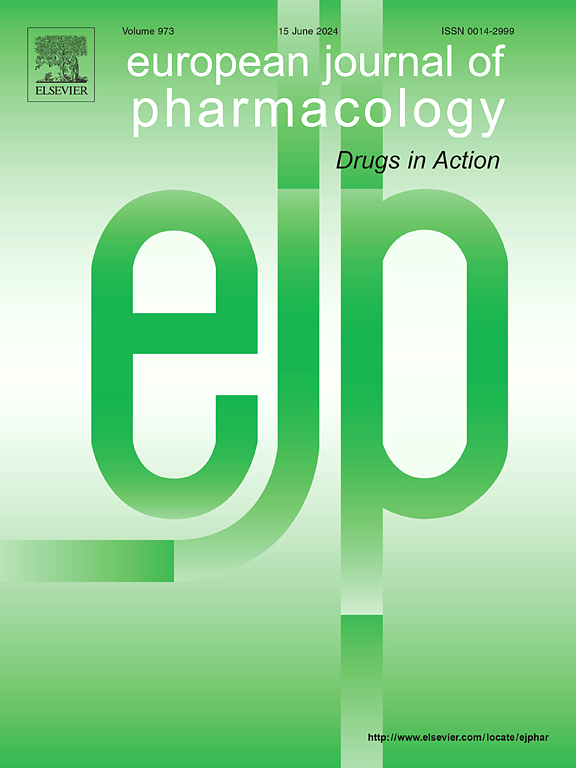Thrombolytic efficacy and safety of recombinant scu-PA in a rabbit retinal vein occlusion model
IF 4.2
3区 医学
Q1 PHARMACOLOGY & PHARMACY
引用次数: 0
Abstract
Retinal vein occlusion (RVO) has become the second most common retinal vascular disease after diabetic retinopathy. Existing therapeutic approaches, including intravitreal injection of antivascular endothelial growth factors (anti-VEGFs) and/or glucocorticoids and laser therapy, primarily address secondary macular edema and neovascularisation. However, these strategies do not address the underlying cause of the disease and may have harmful side effects. There is an urgent need for therapies that have a better prognosis and include the administration of thrombolytics at an early stage. Therefore, in the present study, we investigated the thrombolytic effect of treatment with recombinant human Single-chain urokinase-type plasminogen activators (scu-PA)and the differences in its efficacy at different doses in a rabbit RVO model. In addition, through a series of ophthalmological examinations, such as optical coherence tomography (OCT) and electrophysiology, conducted to ascertain the effects of treatment with scu-PA on the ocular fibrinolytic system, we noted a definitive safety window for the vitreous administration of scu-PA. Therefore, this study is the first to confirm that an intravenous or vitreous cavity injection of scu-PA has definitive potential for treating RVO; however, additional clinical studies are needed for further validation.
求助全文
约1分钟内获得全文
求助全文
来源期刊
CiteScore
9.00
自引率
0.00%
发文量
572
审稿时长
34 days
期刊介绍:
The European Journal of Pharmacology publishes research papers covering all aspects of experimental pharmacology with focus on the mechanism of action of structurally identified compounds affecting biological systems.
The scope includes:
Behavioural pharmacology
Neuropharmacology and analgesia
Cardiovascular pharmacology
Pulmonary, gastrointestinal and urogenital pharmacology
Endocrine pharmacology
Immunopharmacology and inflammation
Molecular and cellular pharmacology
Regenerative pharmacology
Biologicals and biotherapeutics
Translational pharmacology
Nutriceutical pharmacology.
文献相关原料
公司名称
产品信息
索莱宝
Rose bengal

 求助内容:
求助内容: 应助结果提醒方式:
应助结果提醒方式:


